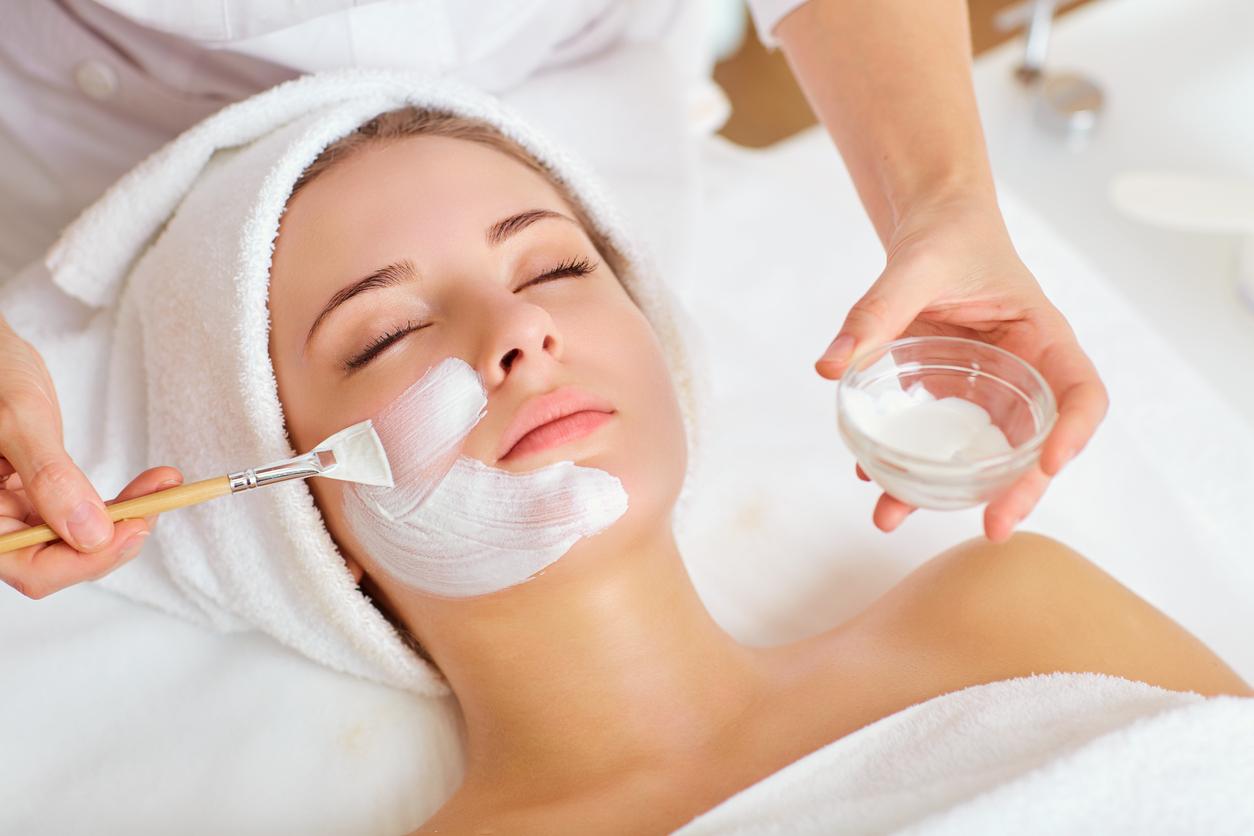
Image Source: Google
Massage therapy is not only a relaxing experience, but it can also be a powerful tool for releasing trauma and improving overall well-being. With the right techniques and approach, massage therapists can help clients process and let go of stored emotions and tension in the body.
In this article, we will explore how trauma-release techniques in massage can elevate your well-being and promote healing on a physical, emotional, and mental level. If you are looking for massage therapy, you may browse https://www.rada.berlin/.
The Impact of Trauma on the Body
Before delving into trauma release techniques in massage, it is important to understand how trauma can manifest in the body and affect overall wellbeing. Trauma is not just a psychological experience but also a physical one, as the body stores memories and emotions in the form of muscle tension, pain, and other physical symptoms. When these emotional wounds are not addressed, they can lead to a host of issues such as chronic pain, anxiety, depression, and even physical ailments.
Common Symptoms of Trauma in the Body:
- Chronic muscle tension and stiffness
- Headaches and migraines
- Digestive issues
- Insomnia and sleep disturbances
- Low energy and fatigue
Understanding Trauma Release Techniques in Massage
Trauma release techniques in massage focus on helping clients release stored emotions and tension in the body through gentle touch, pressure, and mindful awareness. By creating a safe and nurturing space, massage therapists can support clients in processing and letting go of past trauma, allowing for healing and restoration on a physical, emotional, and energetic level.
Key Principles of Trauma Release Techniques:
- Creating a safe and supportive environment for the client
- Using gentle touch and pressure to release tension in the body
- Encouraging mindful awareness and emotional expression
- Promoting relaxation and stress reduction
The Benefits of Trauma Release Techniques in Massage
Integrating trauma release techniques into massage sessions can offer a wide range of benefits for clients, helping them not only release emotional baggage but also improve their overall wellbeing and quality of life. Some of the key benefits of trauma release techniques in massage include:
Physical Benefits:
- Relief from chronic pain and tension
- Improved flexibility and range of motion
- Enhanced circulation and lymphatic flow
- Reduced inflammation and muscle soreness
Emotional Benefits:
- Release of stored emotions and trauma
- Improved mood and emotional regulation
- Increased feelings of relaxation and calm
- Enhanced self-awareness and emotional processing
Mental Benefits:
- Reduced anxiety and stress levels
- Enhanced mental clarity and focus
- Improved sleep quality and insomnia relief
- Greater sense of inner peace and balance
How to Incorporate Trauma Release Techniques into Your Massage Practice
If you are a massage therapist interested in incorporating trauma release techniques into your practice, it is important to approach this work with sensitivity, empathy, and a deep understanding of trauma-informed care. Here are some tips on how to effectively integrate trauma release techniques into your massage sessions:
Tips for Effective Trauma Release Techniques:
- Communicate openly and clearly with your client about their needs and boundaries
- Create a safe and comfortable environment for the client to relax and open up
- Use gentle touch and pressure to release tension without causing pain or discomfort
- Encourage the client to breathe deeply and mindfully throughout the session
- Be mindful of your own energy and emotional state during the session




